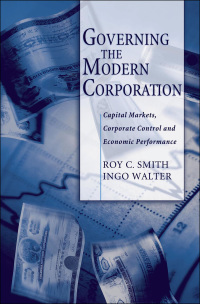Question
CVP and Relevant Cost Analysis:[1] Bulls Cycles manually manufactures three racing bicycle models: triathlon, touring, and mountain. Bulls hires, trains and certify each of its
CVP and Relevant Cost Analysis:[1]
Bulls Cycles manually manufactures three racing bicycle models: triathlon, touring, and mountain. Bulls hires, trains and certify each of its manufacturing employees at their plant over the course of a year. Once employees are Bulls Certified, they are able to work in the production of each model. Due to the rigor and length of the training, Bulls considers labor to be a constrained resource over the short term. For 2015, the company expects to have available 34,000 labor hours. The average hourly rate is $30. Data regarding the current products and cost structure are as follows:
| Cost per bike model | |||||||
| Triathlon | Touring | Mountain | |||||
| Sellig Price | $ 3,600 | $ 2,720 | $ 960 | ||||
| Variable Cost | |||||||
| Direct Material | $ 880 | $ 640 | $ 240 | ||||
| Direct Labor | 1,500 | 1,050 | 300 | ||||
| Variable Manufacturing Overhead | 720 | 480 | 164 | ||||
| Variable Selling | 80 | 60 | 40 | ||||
| Total Fixed Costs | |||||||
| Manufacturing Overhead | $ 400,000 | ||||||
| Selling and Admin | 100,000 |
| |||||
The company pays taxes at the rate of 40% of operating income.
Required:
1. Assume Bulls historical sales mix is 5 Triathlon, 3 Touring, 2 Mountain. What is the break-even point in units for 2015?
2.Assume the historical sales mix in 1. is valid
-calculate the production plan (i.e., number of units of each model) that would yield a net income (i.e., after-tax operating income) of $75,000.
-for the production plan calculated in a., what is Bulls margin of safety in dollars?
-for the production plan computed in a., what is Bulls operating leverage.
-given the capacity constraint faced by Bull, is the production plan computed in a. feasible?
3. If an unlimited amount of any bike model can be sold, how many of each model should the company produce? What is the operating (pre-tax) income given your answer? What is the operating leverage?
4. Assume the production plan computed in 3. is valid, how do you expect the number of of baskets (or bundles) at break-event point to change relative to your answer in 1.?
5. How many of each bike model must Bulls produce if it has a policy to devote no more than 50% of its available Bulls Certified employees to any one model but at least 20% to every model? What is the operating (pre-tax) income given your answer? What is the operating leverage?
6. How does the companys tax rate enter the calculation of the optimal labor allocation?
7. Assume your answer in 5. is correct, how do you expect the total number of bikes produced at break-event to change relative to the original sales mix stated in 1.?
8. Assume the historical sales mix in number 1. above is valid and that the proposed production plan from 5. above is also valid. How would management decide what production plan to implement? Should they decide based on historical product demand or based on the efficient use of their capacity?
Step by Step Solution
There are 3 Steps involved in it
Step: 1

Get Instant Access to Expert-Tailored Solutions
See step-by-step solutions with expert insights and AI powered tools for academic success
Step: 2

Step: 3

Ace Your Homework with AI
Get the answers you need in no time with our AI-driven, step-by-step assistance
Get Started


